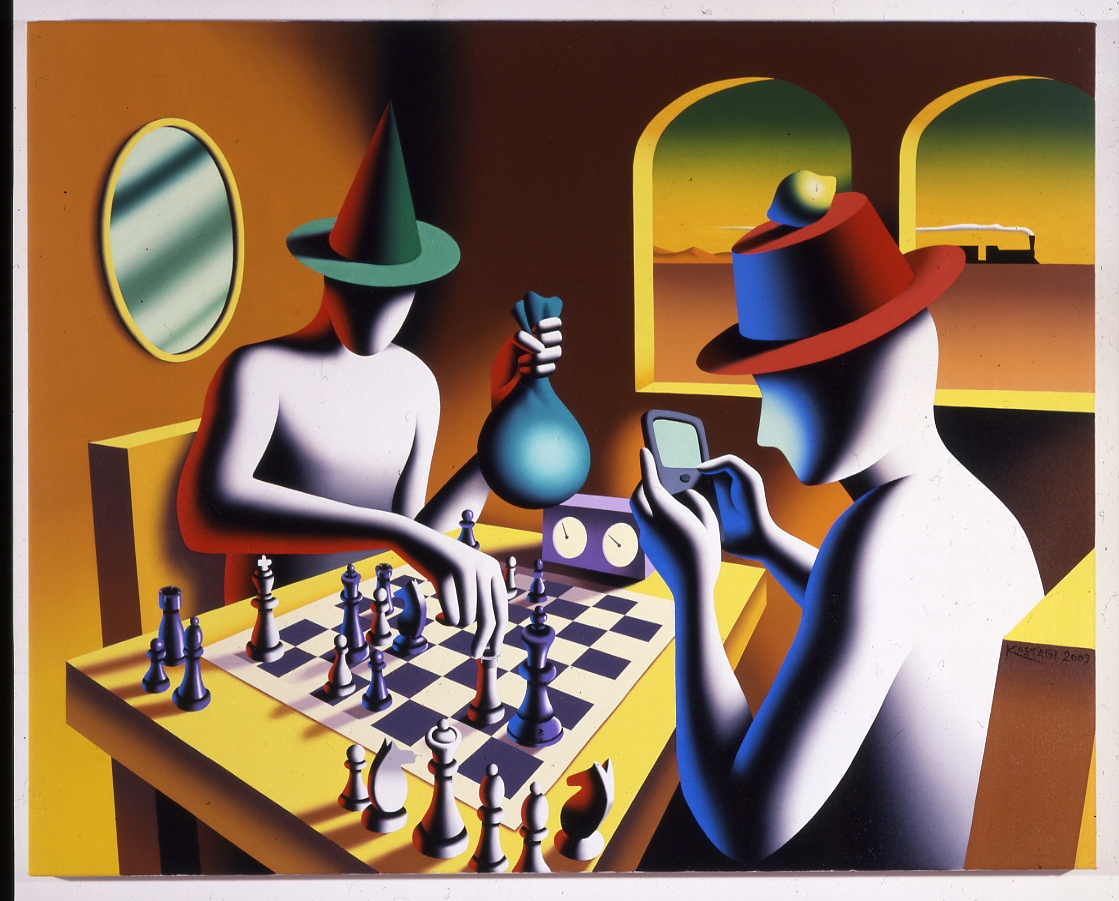This is the presentation how to comment the chess game. It is series of installments and we are going through one sample game trying to cover all the most important parts of the game.

Today we start with the very first move. I like to reveal the secrets which were worked out together with our team of experienced grandmasters and coaches. You can see our team members and our chess games commenting service in detail on our website www.onlinechesscamp.com
The chess game has its own properties, one of them is that it can be recorded and reviewed later. Chess game played on the tournament venue is recorded in a form of a score sheet which is signed by both players and by the arbiter at the completion of the game. Sometimes especially in elite tournaments the digital web based application for saving the games is used as well.
There are hundreds of thousands of games in stored databases. It is the data of chess history. Historically important games are analyzed with experts and are available for the public in printed or in digital version.
Every beginner likes to improve his game. We are learning from our mistakes. There is no better way than analyzing your own games.
In chess it is paramount to learn from your own mistakes.
 You have emotional connection to your game making it easier to remember the material gathered during the postmortem analyzes process. Definitely it is not enough to check your mistakes only with a computer engine. Computer evaluation might be good enough for the super grandmaster who only needs casually to check if he blundered something during the game.
You have emotional connection to your game making it easier to remember the material gathered during the postmortem analyzes process. Definitely it is not enough to check your mistakes only with a computer engine. Computer evaluation might be good enough for the super grandmaster who only needs casually to check if he blundered something during the game.
There is no industry standard how to do the game analyzes despite every day a lot of coaches are doing exactly that trying to teach their students not to repeat the same mistakes over and over again.
There are however common mistakes which might be overlooked by even by the most seasoned coaches. Let’s start to review the very first move.
I am here not to teach World champion Magnus Carlsen which move he should make. Our lecture is useful from the very beginner till the World champ and to all the coaches around who want to enhance their knowledge of chess.
When our student who are making the first steps and is not aware much with opening theory plays 1.Nh3 it is easy to point out his or her mistake. Actually he or she needs to play only 1.e4. All other moves are much inferior for the young aspiring player. Why?
The debate of the best first move is not a new. Historically it is considered that the first move 1.e2-e4 is more aggressive and other moves especially the 1.Nf3 are more quiet and leading to the positional game. This is also reflected in the opening books, the openings after 1.e4 are called open games and after 1.d4 we find the closed openings. The open game is where the youngsters usually start their road to the chess wonderland and after getting more acquainted with the positional game they move to discover the other opening moves.
Which first move was the choice of past Word Champions. Magnus the great plays everything, but still favors 1.e4. Other great champions who preferred 1.e4 were Garry Kasparov, Wishy Anand and ofcourse the legendary Bobby Fischer. We can see some tendencies of great players. In their younger days they preferred to play the open game and then they sink gradually into the positional waters. Some of them made attempt to return back to their childhood favorite openings, but not with success.
Once Tigran Petrosian who became World Champion in 1963 revealed that he badly wanted to return to play 1.e4, but he could not, because it was difficult to change the positional style back to the aggressive approach, for a reason he had nickname Iron Tigran due to his almost impenetrable defensive playing style, which emphasized safety above all else.
Vladimir Kramnik who retired from tournament chess not so long time ago actually started to play again 1.e4 betraying his favorite 1.Nf3, this however did not helped him back to the laurels of World champion and it was kind of wear fell to chess.
We can make a conclusion that the one move which is the best candidate for the best first move is 1.e4. Other moves are just other moves, because the question is to play the aggressive .1e4 or something else. We really do not care what grandmasters choice is, but the youngsters should start out with 1.e4 and there is certain reasoning for that.
We can call it chess imprinting, it is phase sensitive learning of certain chess patterns. The novice player can quickly be acquainted with simple tactics, mate in one, mate in two things like that. In other hand it is nearly impossible to teach the Petrosian style of chess. The positional patterns like pawn structures, bad and good pieces come to the table much later. All these patterns are paramount to know if you play closed positions.
This is why we make our very first move 1.e2-e4.
This move was made in the game between Howard Staunton and William Popert and the game was played in London in 1840. What move Popert played after .1e4 and did he made a mistake or not we will discuss in our second installment of the game comment series.
Jaan Ehlvest